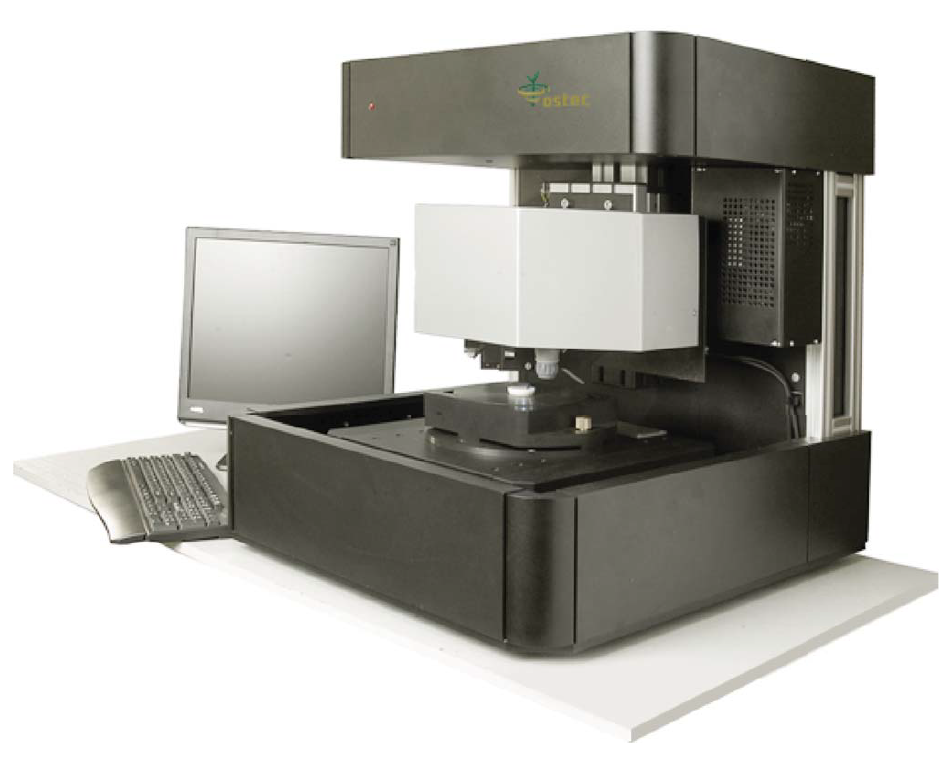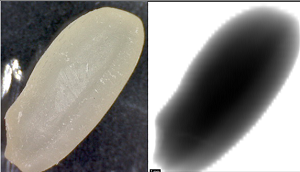-
Products
- Gas analysis systems
- GAOS SENSON gas analyzers
- GAOS MS process mass spectrometry
- MaOS HiSpec ion mobility spectrometer
- MaOS AxiSpec ion mobility spectrometer
- Applications
- News
- Events
- About us

XROS MF30 – laboratory x-ray microscope-microprobe for studies of the objects by the methods of the optical microscopy, radiography, local element XRF microanalysis with possibility of the element mapping.
Using a microscope, a sample of up to 400 mm in size along the Y axis and of unlimited size along the X axis (max. scan area 150×150 mm; in the case of a larger area, the scanned areas can be stitched) and up to 105 mm high can be performed.
An overview video camera and two optical microscopes with magnification up to 200 times are using for accurate determination of the scanning area.
The central optical microscope with automated sharpness adjustment is combined with the axis of the microprobe (axis of the x-ray beam).
Local X-ray fluorescence microanalysis with the possibility of elemental mapping and X-ray studies can be carried out both separately and simultaneously.
Sample positioning accuracy is 10 microns.
The minimum diameter of the x-ray probe is 30 µm.
The range of simultaneously measured elements from 11Na to 92U.
Samples: seeds of buckwheat, pearl barley, rice, millet, corn, and sunflower
Polished seeds of rice contain aluminum, silicon, phosphorus, sulfur, chlorine, potassium, calcium, iron, copper and zinc, as well as bromine.

Potassium and phosphorus have the same distribution and are mainly located in defects. It is probably one of the potassium phosphate.
Peaks of potassium and calcium overlap. The distributions of these elements are close, but different. To identify differences it is possible to superimpose distributions on each other. For copper and zinc, the distributions are the same.
 |
 |

|

|

|

|

|

|

|
Potassium, calcium, phosphorus, sulfur, manganese, iron, copper and zinc are present in the barley seeds. Potassium and phosphorus form phosphates and are located in light yellow areas. In the white area the sulfur content increases. The greatest accumulation of trace elements is located in the place of attachment of seeds: the dark area contains manganese and iron, calcium is located near it. Copper and zinc are regular distributed. Despite the fact that one of the seeds is inverted, morphological changes in the center of the seeds are observed on radiography.



|

|

|

|

|

|

|

|

|

|

|
|
In buckwheat there is practically no chlorine, but a relatively high calcium level. The impurity is low. Potassium and calcium are predominantly distributed on one side of the seed, as well as at the place of attachment of the seed to the stem. Copper and zinc have the same distribution.




|

|

|

|

|

|

|

|


Scan rate 150 µm/s
Measurement time 500 ms
Voltage 25 kV
Electric current 6000 µA
XRT Mo anode
Atmosphere Air